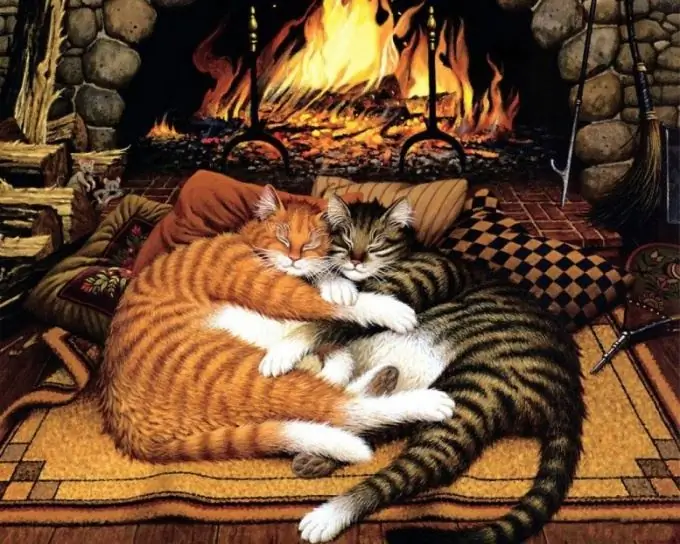Children often ask their parents to draw people, animals, toys, and various objects. They enjoy watching the process of transforming a white sheet of paper into a vivid color image. If you make simple, clear drawings with clear lines, your child will learn how to use pencils on his own. The rich fauna of our planet will provide you with material for depicting funny animals, birds, fish and insects for a long time.

It is necessary
- - the pencils;
- - photographs of animals;
- - paper;
- - eraser;
- - paints.
Instructions
Step 1
Show your child that there is nothing difficult in creating a drawing. Do not be afraid to make mistakes when trying to portray different animals, try and achieve good results. For example, take photographs of animals and examine the structure of their bodies.
Step 2
Highlight the main details and characteristics of this animal. For example, an elephant consists of a large oval - a body, a circle - a head, four rectangles - legs. Draw this base, and already on it depict the details that distinguish the elephant from other animals - the trunk, tusks, large ears and a small tail.
Step 3
Add black dots to represent the animal's eyes. Color the drawing with gray paint. The elephant will turn out to be recognizable, because it has several special features inherent only in this beast.
Step 4
It is more difficult to draw animals for a child that are very similar to each other. For example, a wolf and a dog, a fox and a polar fox. In these cases, teach children to see the smallest differences. A dog's tail bent in a donut and a straight one - wolf, red fox and gray - polar fox, these signs will help give the animals individuality.
Step 5
While drawing, explain to the child what you are drawing at the moment and why this part of the body is needed by the animal. Focus on the "smart" design of organisms, where every detail is designed to fulfill its function. The giraffe's long neck helps it get leaves that grow very high. Draw a tree next to the animal.
Step 6
Don't forget about the differences between carnivores and herbivores. Felines need claws to catch prey and climb trees. And the horns allow ungulates to defend themselves from attack and compete with each other. Highlight these and other animal details.
Step 7
Often, female and male animals are very different from each other, then draw a pair. For example, a rooster and a hen, a lion and a lioness, a peacock and a pava, in order for a child to recognize these birds and animals, it is necessary to depict not only noticeable males, but also less spectacular females.






